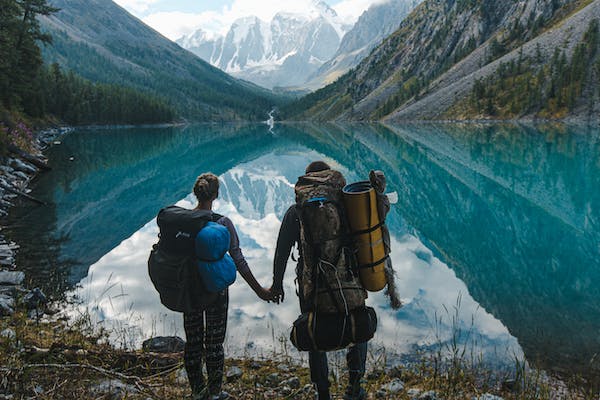Tips for First-time Backpackers
Setting out on your first backpacking trip is an exciting adventure that promises a voyage of self-discovery, breathtaking scenery, and unforgettable experiences.
A seamless and enjoyable vacation can be ensured by following a few essential recommendations as you prepare to explore the world of backpacking.
Here are some priceless tips for first-time travelers, covering everything from packing necessities to navigating uncharted territory.
Choose the Right Backpack
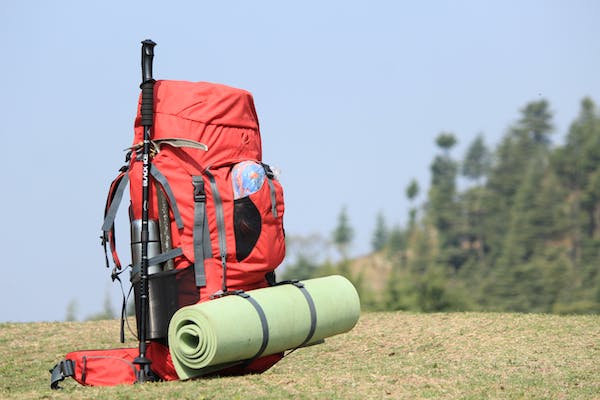
Choosing the appropriate backpack is essential, but it’s more important for those preparing for their first backpacking trip.
The comfort, practicality, and general enjoyment of the route can be affected by the backpack selected. Think about the length of your trip, the weather where you’re going, and the things you want to do while making this important choice.
During long hikes, a well-fitting backpack with movable straps and appropriate weight distribution will reduce pain and avoid tiredness.
Furthermore, choose a backpack with enough pockets and sections to conveniently arrange your belongings and retrieve necessities without unpacking everything.
Another factor to consider is the backpack’s size; it should be roomy enough to hold your belongings without being overly bulky. To resist the hardships of the outdoors, look for durable materials.
Investing in a high-quality backpack customized to meet your needs will make your backpacking experience easier and more pleasurable, laying the groundwork for a successful trip into the wilderness.
Pack Light and Smart

For first-time backpackers, it’s imperative to pack light and wisely because your load can affect how comfortable and enjoyable your trip is.
The secret is to prioritize necessities while controlling the total weight of your backpack. Choose adaptable, multifunctional equipment to reduce the amount of stuff you carry.
When packing, take note of the length and type of your trip and concentrate on essentials like a durable tent, a well-insulated sleeping bag, small cooking equipment, and clothing suitable for the weather.
Lightweight, moisture-wicking, and effortlessly layerable clothing is ideal for adjusting to shifting weather conditions.
Get rid of duplication and select sturdy, portable equipment. In addition to lessening the physical strain on your body, packing purposefully and ranking necessities will make room for the life-changing adventures that come with lightweight, efficient hiking.
Invest in Quality Footwear

For first-time trekkers, purchasing high-quality footwear is essential since the appropriate hiking boots can make all the difference in the world while hiking.
Give special consideration to support, comfort, and durability when choosing shoes. Well-made hiking boots with adequate ankle support reduce the risk of injury on uneven ground and offer stability on climbs and descents.
Selecting waterproof and breathable boots is essential since they keep your feet dry in damp weather and let moisture out, which lowers the possibility of blisters.
Take time to break in your boots before your backpacking trip to avoid soreness and blisters. A pair of boots that fit improves the hiking experience and benefits the feet’s health and well-being.
This will free up your hands to concentrate on the scenery and the exciting journey ahead. Your footwear is the cornerstone of your backpacking gear, so choosing it will pay off in comfort and confidence.
Research Your Destination

Doing extensive research on your location before setting off on a backpacking vacation is an essential step that may significantly improve the experience and safety of your trip.
Learn about the area’s distinctive features, such as its climate, topography, and possible dangers. Learn about the local flora and fauna for any possible wildlife encounters.
You can also follow safe and sustainable backpacking habits by learning about the area’s laws and regulations, such as permit requirements and camping limits.
Prepare yourself by arming yourself with current maps, guidebooks, and internet tools to help you plan your journey and foresee obstacles.
Knowing the topography, water supplies, and possible escape routes can be helpful in the event of unforeseen events. Immersion in destination information improves your readiness and helps you understand the natural beauty and cultural value of the areas you’ll visit on a deeper level.
A well-planned backpacking trip starts with researching the information and self-assurance you need to navigate and enjoy the delights.
Practice Leave-No-Trace Principles
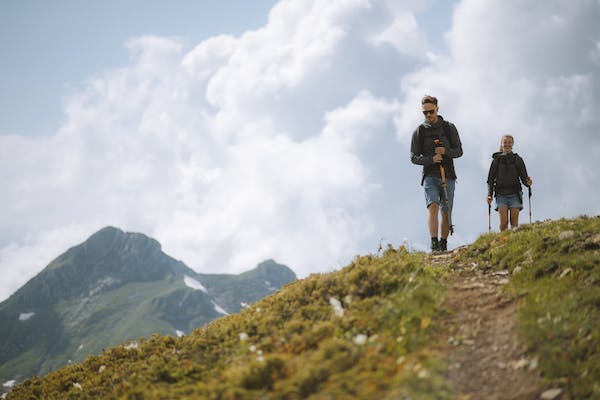
Following the Leave-No-Trace guidelines is a commitment to protecting the natural world’s beauty for upcoming backpacking generations, not merely a duty.
Backpackers can reduce their environmental effects by following these ethical outdoor conduct guidelines. To avoid needless erosion and harm to fragile ecosystems, dispose of garbage correctly, pick up all trash, and stay on designated pathways.
The core tenet of Leave-No-Trace is respect for plants and wildlife. Follow approved routes and keep your distance from animals.
As hikers, we take on the role of environmental stewards, taking only our footprints and departing with priceless memories. By adhering to these values, we ensure the pure environments we discover endure undisturbed, enabling others to share our amazement and wonder at nature.
Master Basic Navigation Skills
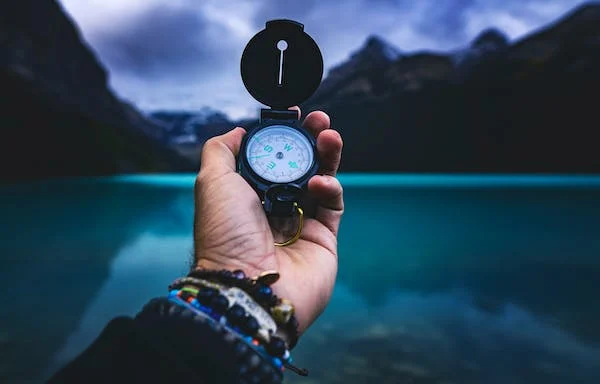
Understanding navigation is essential to a safe and fun camping trip. A basic familiarity with maps, compasses, and GPS devices for navigating unknown territory is required, even in this day and age of modern technology.
Examine the maps of your destination before you leave, making note of important landmarks, water supplies, and any dangers.
A compass is a trustworthy tool for staying in orientation and having a sense of direction, particularly if electronic gadgets malfunction or run out of power.
GPS units are tools, but having a backup plan that includes conventional navigation techniques raises the level of safety.
Develop your ability to read maps and follow compass bearings by practicing your navigational skills in different environments and terrains.
Being able to read a map and navigate effectively not only helps you avoid getting lost but also improves your experience overall by enabling you to explore a variety of landscapes with assurance.
Navigating becomes an invaluable skill that enables trekkers to confidently and independently follow the trail in the wilderness, where signs and markings may be few.
Stay Hydrated and Nourished

Maintaining adequate hydration and nutrition is essential for a fruitful and satisfying hiking trip. The physical strain of hiking with outside weather conditions can quickly cause dehydration.
To guarantee a clean and safe water source along the path, always bring extra water and invest in dependable water filtration equipment.
To stay hydrated, take regular sips of water throughout your journey, even if you don’t feel thirsty.
When it comes to maintaining your energy and endurance on backpacking excursions, nutrition is very crucial. Bring meals that are simple to prepare on the trail and snacks that are light and high in energy.
Think about the nutrients in the food, emphasizing a balance of fats, proteins, and carbohydrates. Make sure your meals provide you with energy for the entire day, and don’t forget to treat yourself to some dried local treats to get a taste of the cuisine.
Making nutrition and hydration a priority protects your physical health and lays the groundwork for a rewarding backpacking trip.
Be Prepared for Weather Changes
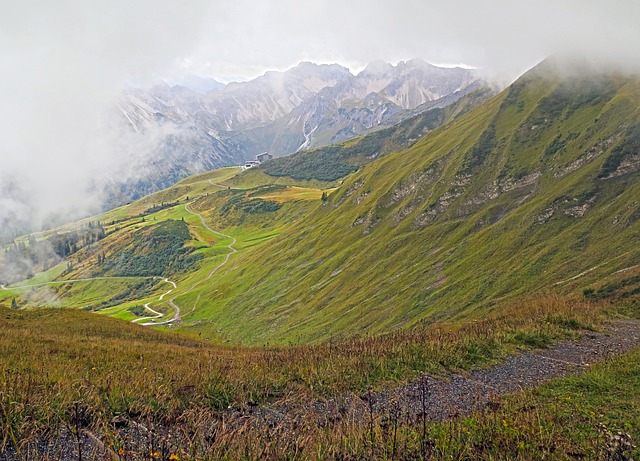
A key component of effective hiking is being ready for weather variations, as the weather might change suddenly. One tactic is to dress in layers to adjust your wardrobe to the changing weather.
Ensure your bag has a waterproof cover, and bring along a sturdy, lightweight rain jacket to protect you from unexpected downpours. Pack a thermal layer because cold evenings might catch you off guard, even in warmer climates.
Furthermore, remember to use sunscreen, a wide-brimmed hat, and sunglasses to protect yourself from the sun’s damaging UV rays.
Keep an eye on weather forecasts before traveling and familiarize yourself with the local climate. Modify your plans if necessary if severe weather is forecast.
The weather can change quickly in high or alpine areas, so pack additional clothing and be ready for sudden temperature drops.
In addition to ensuring your comfort and safety on the trail, being proactive and weather-adaptable enables you to enjoy the beauty of nature in all its varied moods.
Test Your Gear Before Departure

Testing your equipment before setting out on a backpacking trip is an essential step that can help to ensure a more seamless experience and avoid any mishaps.
Pitch your tent in the backyard, make sure your sleeping bag is cozy and toasty, and make sure your stove is operational. This pre-trip gear evaluation can find problems and replace or fix broken items before you’re far from the closest convenience store.
Testing equipment under comfortable conditions helps one grasp how each piece works in practice, which lessens the possibility of unpleasant surprises while hiking.
Testing your equipment involves not only making sure it works but also making sure it fits and feels comfortable. To ensure your hiking boots are well broken in and won’t create blisters, take a walk around with them.
To reduce pressure points and distribute weight equally, adjust your backpack. Knowing your equipment increases its usefulness and adds to your enjoyment and self-assurance as you embark on your backpacking trip, ready to face any obstacles.
Embrace the Journey
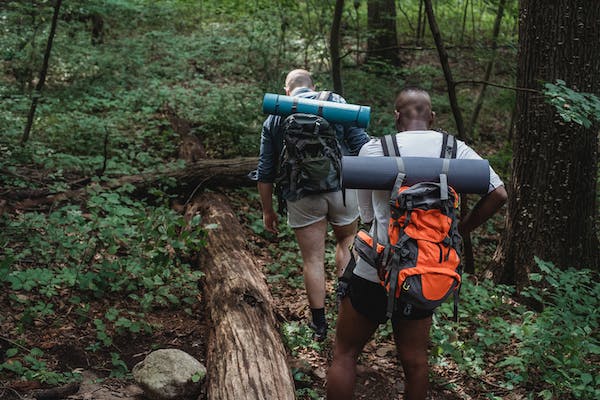
Setting out on a backpacking excursion is an opportunity to embrace the journey rather than just conquering paths and arriving at destinations.
It’s easy to lose sight of the significance of each stride, the sound of falling leaves, and the expansive views that stretch out in front of you in the rush to clock off the miles.
Develop an appreciation for the here and now by letting the sounds of the natural world and the beat of your footsteps create a unique tapestry of experiences.
Adapting to the unexpected is another aspect of embracing the trip. Nature is full of surprises, from abrupt shifts in the weather to fortuitous meetings with wildlife.
Consider these times as chances for personal development and reconnection with the natural world rather than obstacles.
Accepting the journey creates an attitude of wonder and appreciation that transforms a backpacking trip into an unforgettable experience, whether a diversion to explore an unmarked trail or a fortuitous encounter with other travelers.
Setting out on your first backpacking trip may be a life-changing experience that requires thoughtful preparation and an adventurous mindset.
With these pointers, you’ll be able to confidently tackle the trail’s obstacles and make sure that your trip is not only pleasurable but also environmentally beneficial.
So prepare to discover the wonders the great woods offer by putting on your hiking boots, packing your backpack, and setting out.
